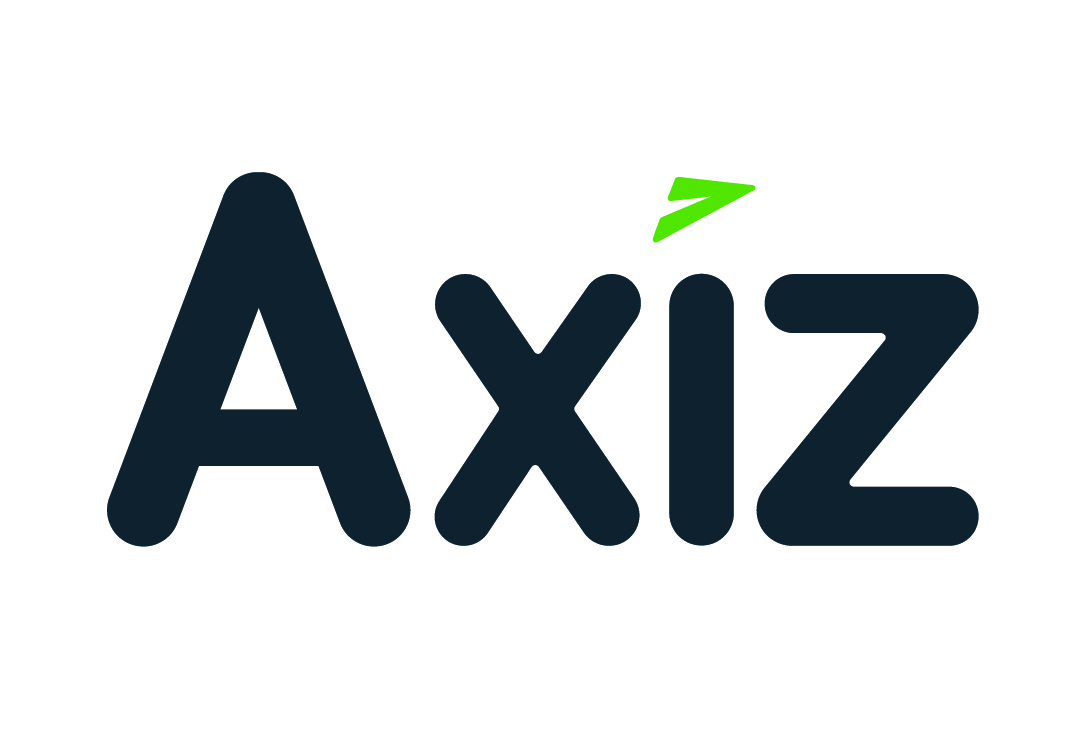The human element is a key – but neglected – component of digital transformation.
Embracing technology without addressing the crucial people element of a business could prove to be a costly mistake for organisations that are driving full steam ahead on their digital transformation journey.
This is according to Adrian Holtzhausen, senior product manager – HP Inc consumer and volume products at Axiz, who says the human element should not be neglected in the rush to digital.
“The focus is now squarely on digital transformation, for business and customers, but organisations also need to focus on the impact of change on people spearheading the transformation in an ever-changing environment,” he says.
Think out of the box – people, then work
“In many organisations, some roles are overlooked and negatively impacted by the digitisation of the workplace,” he says. An area where people are being negatively impacted is in the new hire strategy of many companies – organisations on a digital transformation journey often only look externally for digital skills rather than upskilling from within their ranks. This puts them at risk of edging years of loyalty and expertise out of the organisation.
"A strategy that incorporates the inclusion of experienced current employees and attracting the best that the digital workforce has to offer, is a winning strategy that should form part of talent acquisition in all companies.”
Holtzhausen notes the Accenture Future of Work Study 2021 found that most workers (83%) prefer a hybrid work model, but that a variety of factors influence their ability to thrive in the new world of work. Key factors include employee safety, enabling remote and hybrid work systems, a focus on employee wellbeing, improving the employee experience and achieving sustainability goals.
“People are crucial for the success of any business, and organisations cannot afford to allow digitisation to create disconnects between business and people,” he says.
Upskill to retain resources
“Companies should be working to attract, retain and also develop the best skills, never forgetting their existing employee, who may have within their ranks years of IP, customer relationships, product knowledge and company loyalty. When considering the skills needed for an optimised digital future, organisations should incorporate training of their current employees to ensure the disconnect between available resources and future needs is bridged,” says Holtzhausen.
HP Inc’s Sustainable Impact strategy recognises this. HP has worked to build a culture of inclusion and belonging throughout the organisation. During the pandemic, HP found innovative ways to help employees stay connected virtually and maintain their health and wellbeing. It also focuses its efforts on human rights and empowerment across its supply chain, where it has a goal of reaching one million workers through worker empowerment programmes by 2030.
With the launch of HP PATH (Partnership and Technology for Humanity), an innovative accelerator programme HP will support its goal of accelerating digital equity for 150 million people by 2030.
Holtzhausen says Axiz is similarly committed to accelerating digital equity and empowering its own employees. “In our division, we have a number of staff and learners on development programmes, including team members that progressed through the business from warehousing to a point where they are now product administrators and one is on route to becoming a digital product manager.
"The exposure these employees gained over the years in different areas of our business means they now have unparalleled product knowledge and industry experience, and with additional training, we are able to deploy their valuable skills into our growing product and digital environment,” he says.
“In a changed way of work, in which organisations have leaned heavily on technology to adapt and survive, a mixed model of current expertise and futuristic learning is a sure way of achieving success and fast-track a digital strategy,” Holtzhausen concludes.
Share
